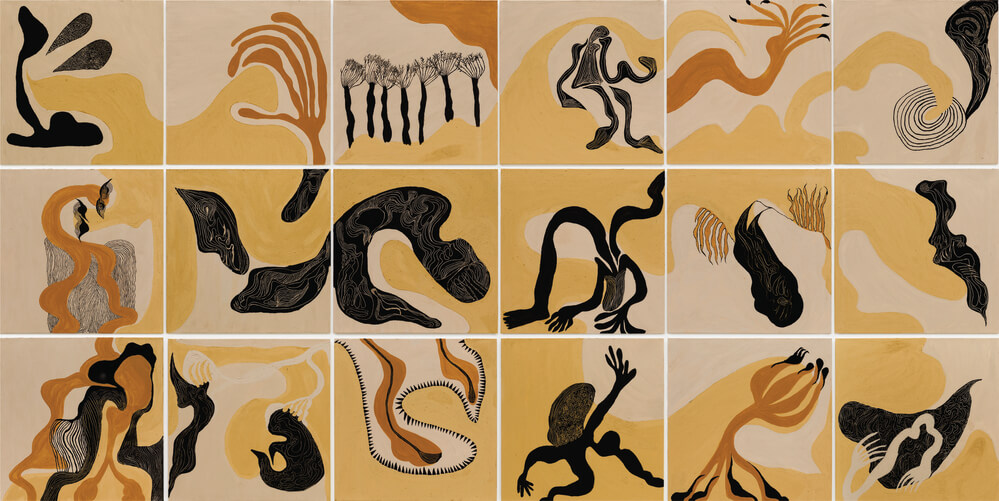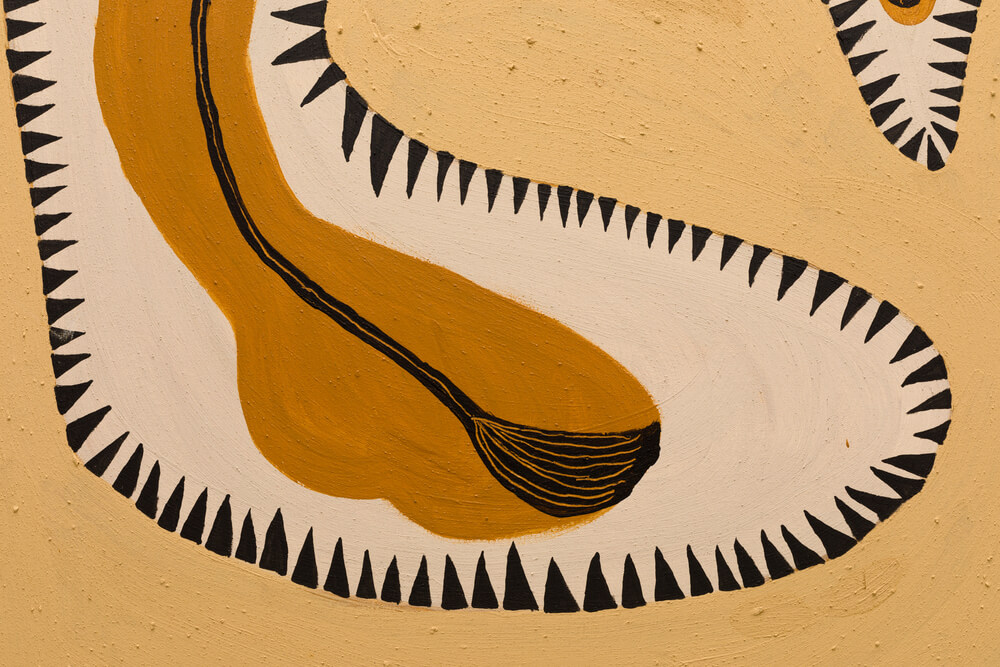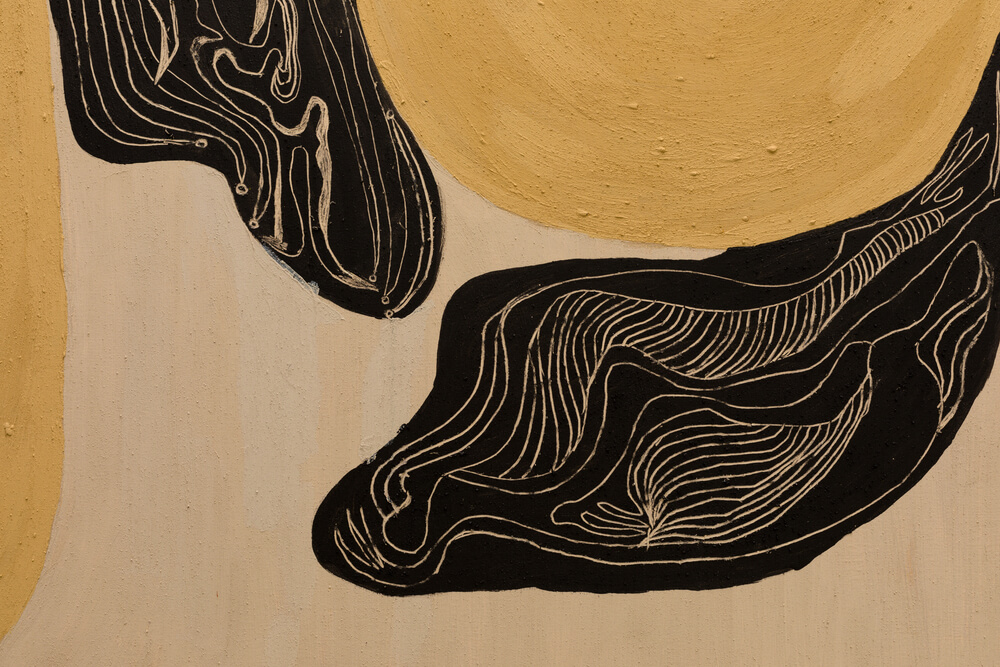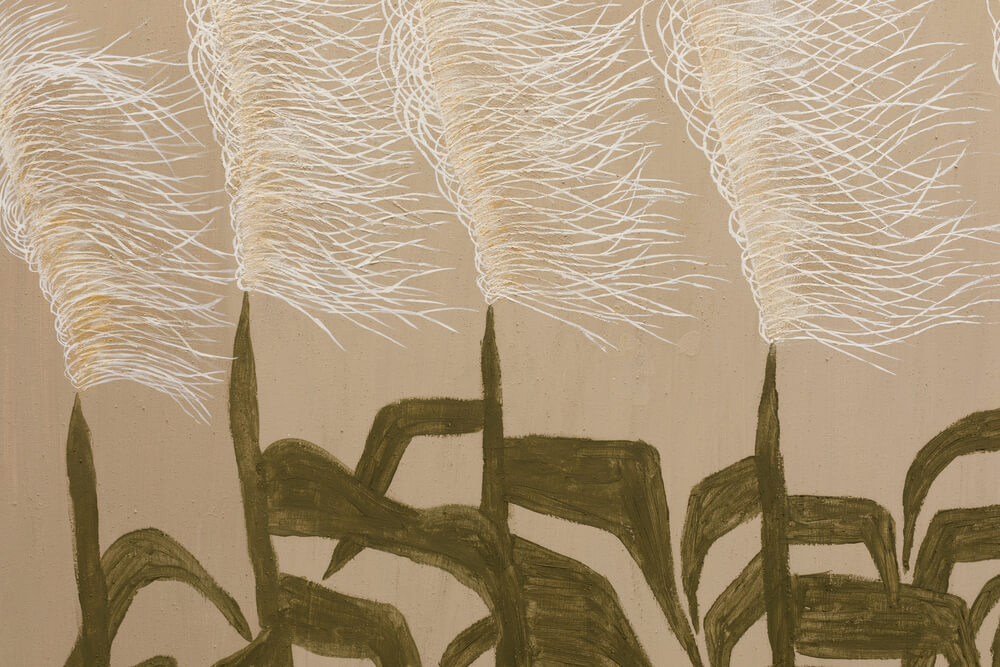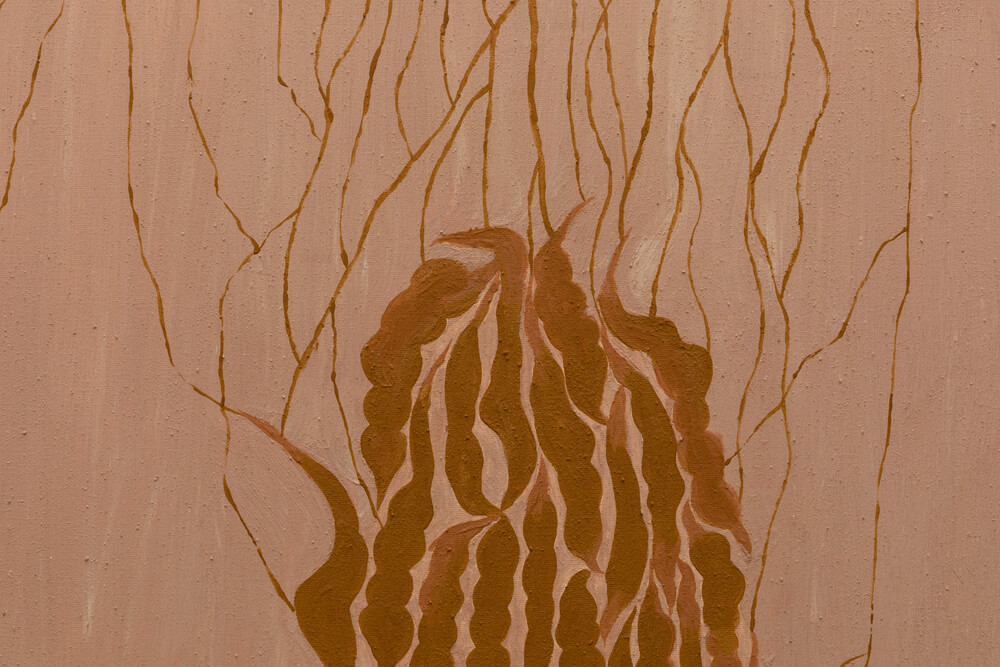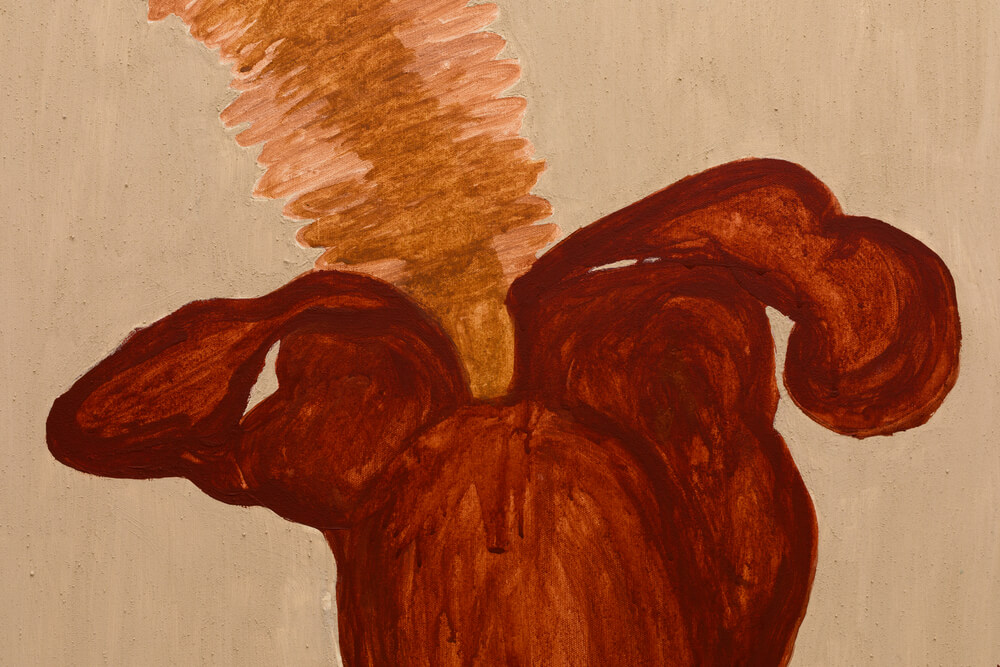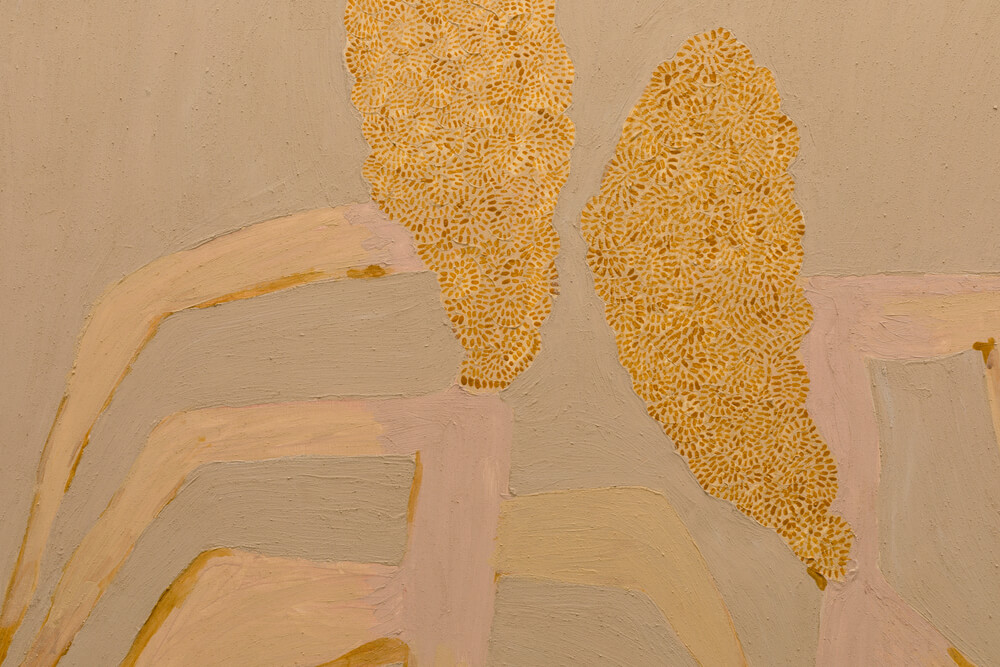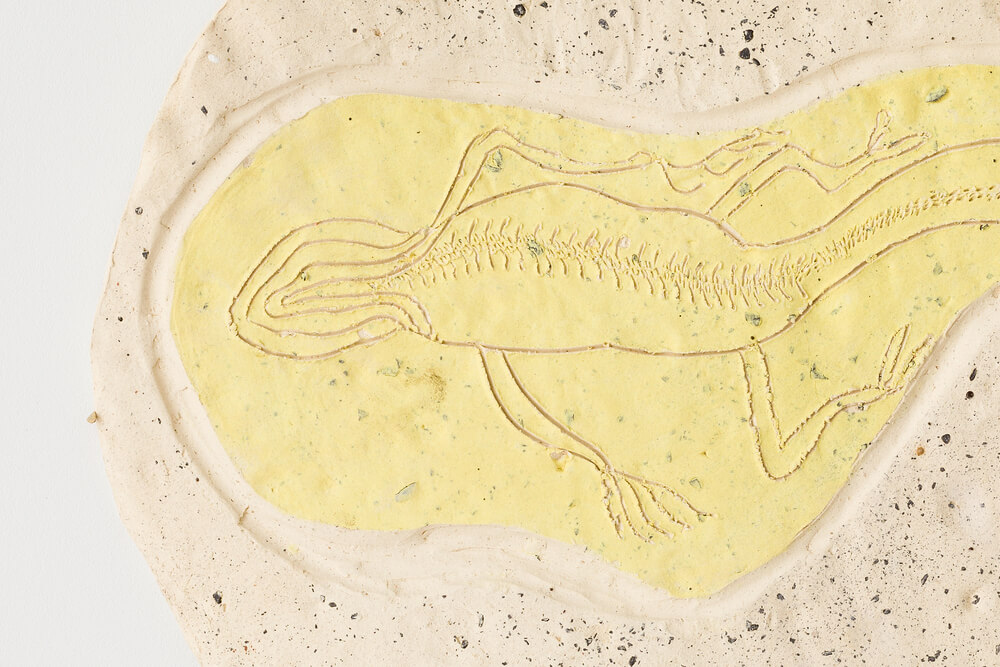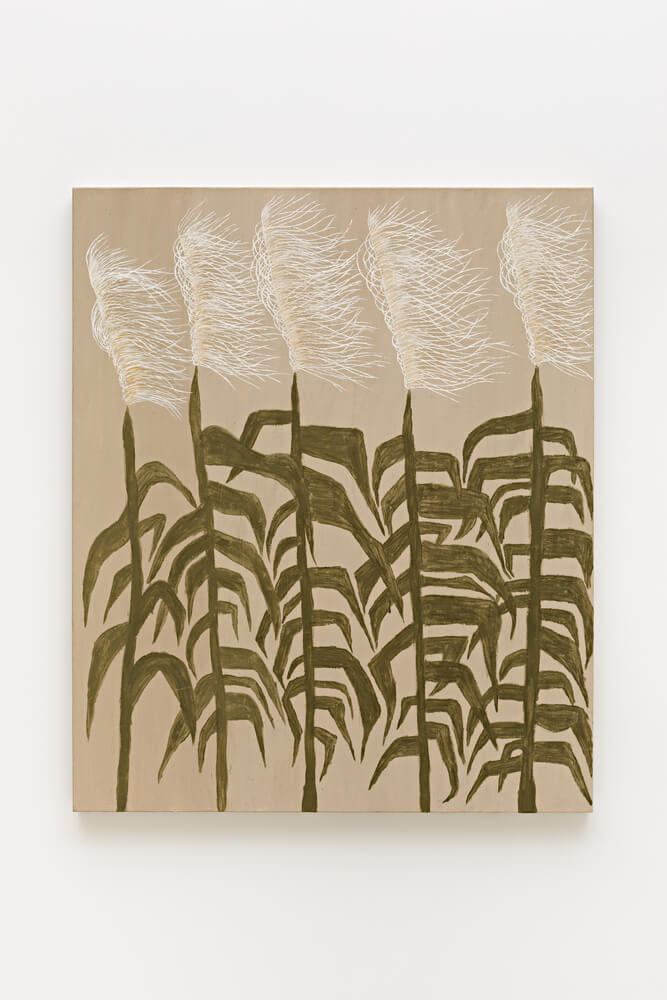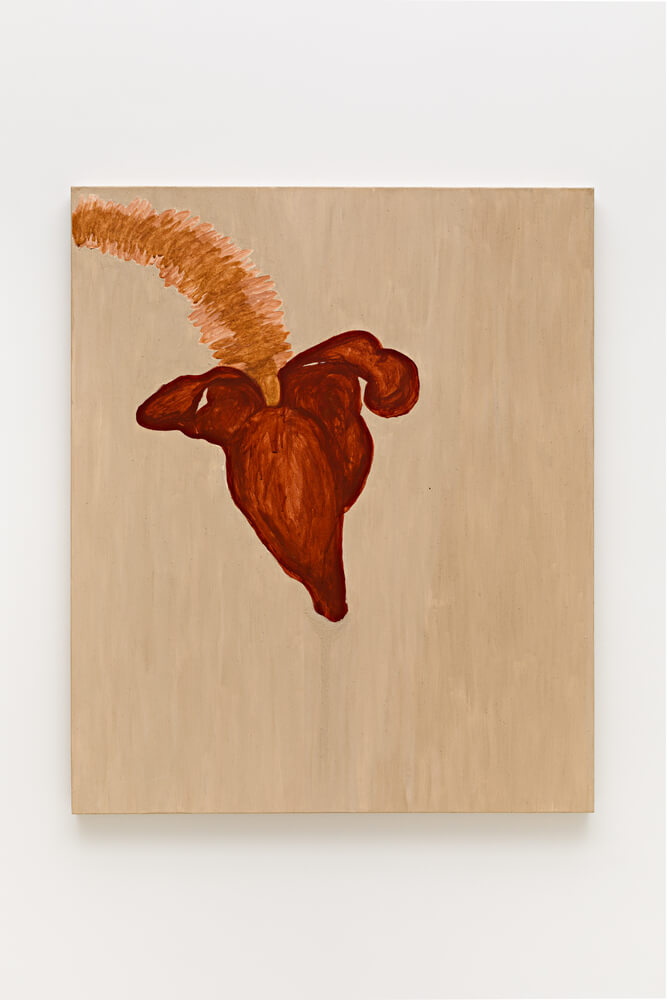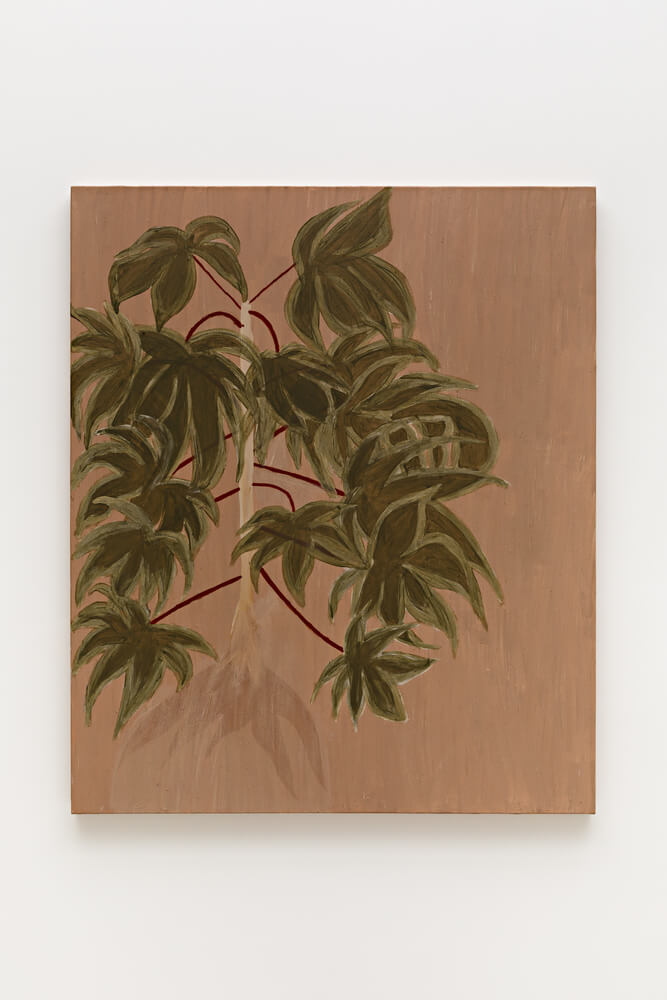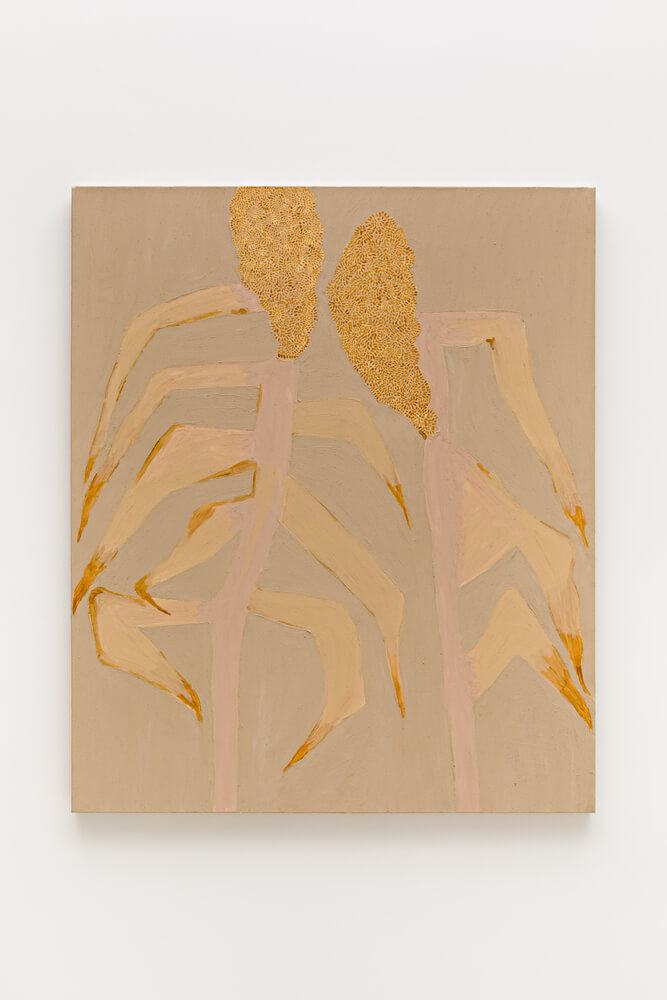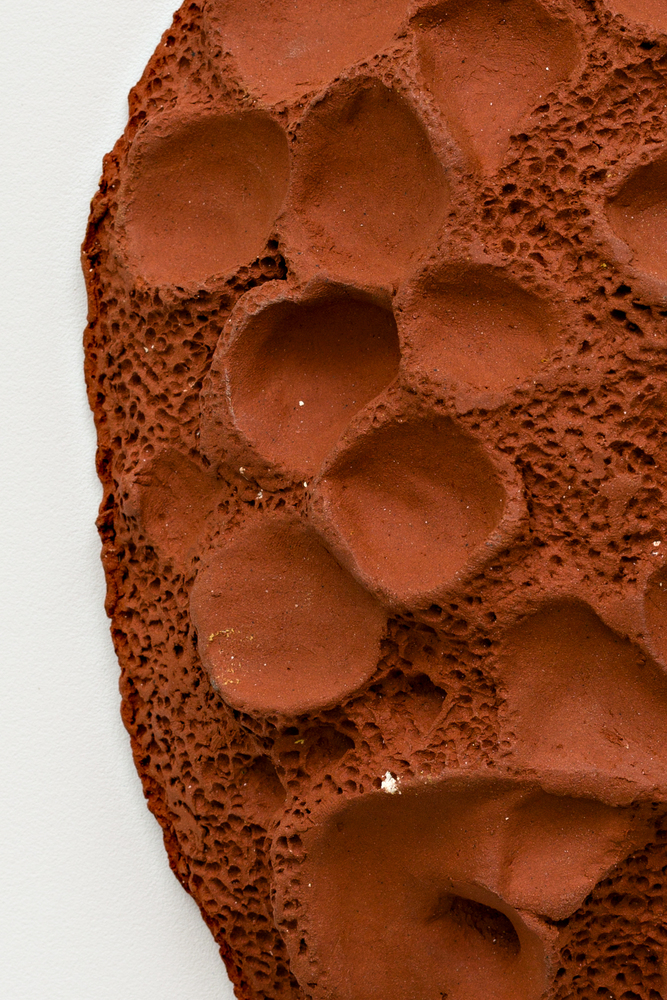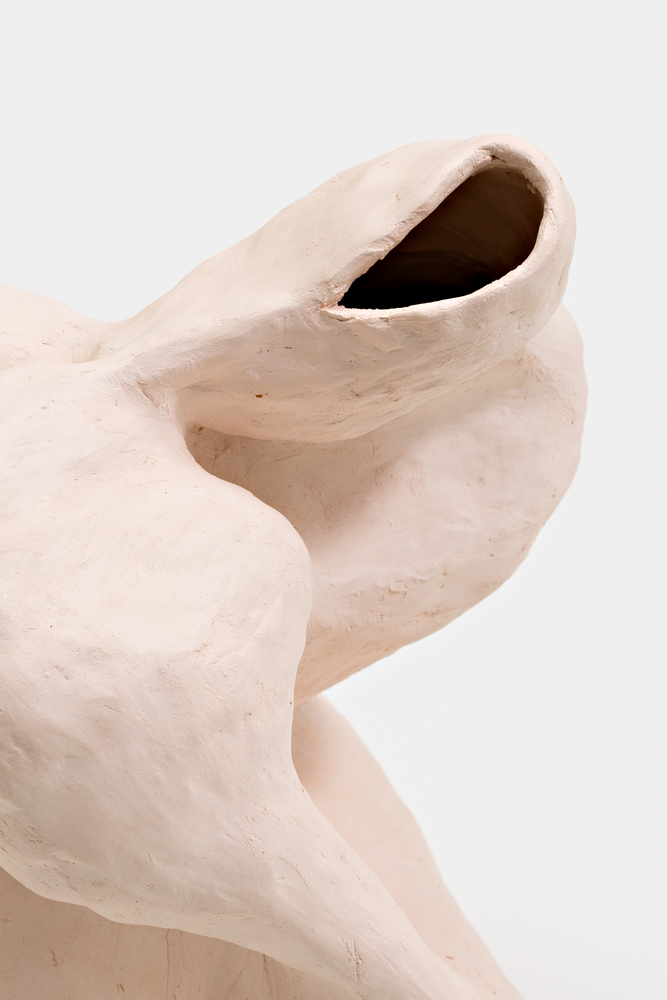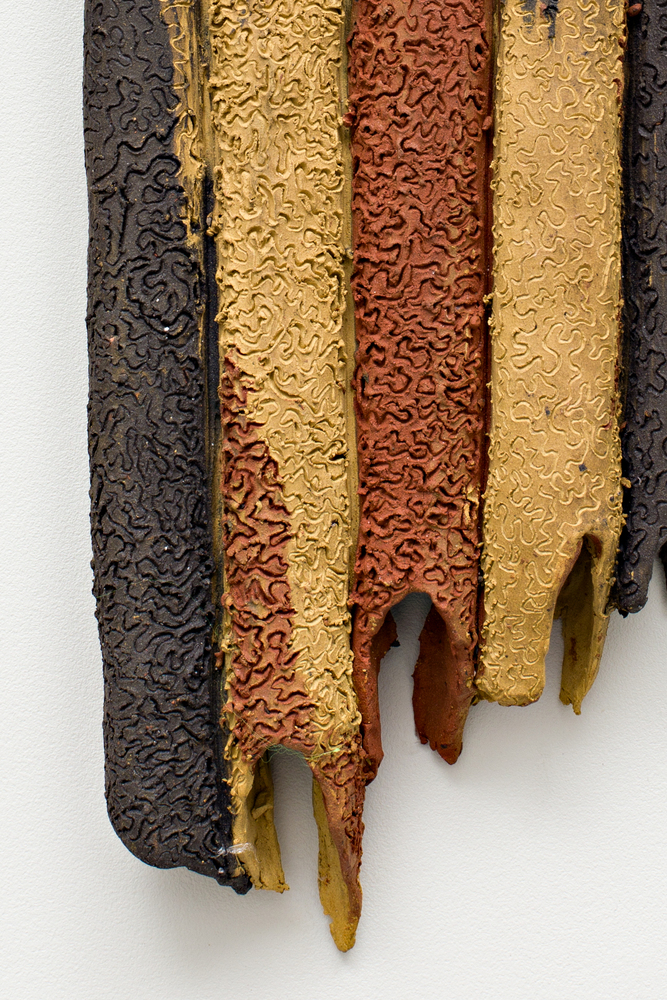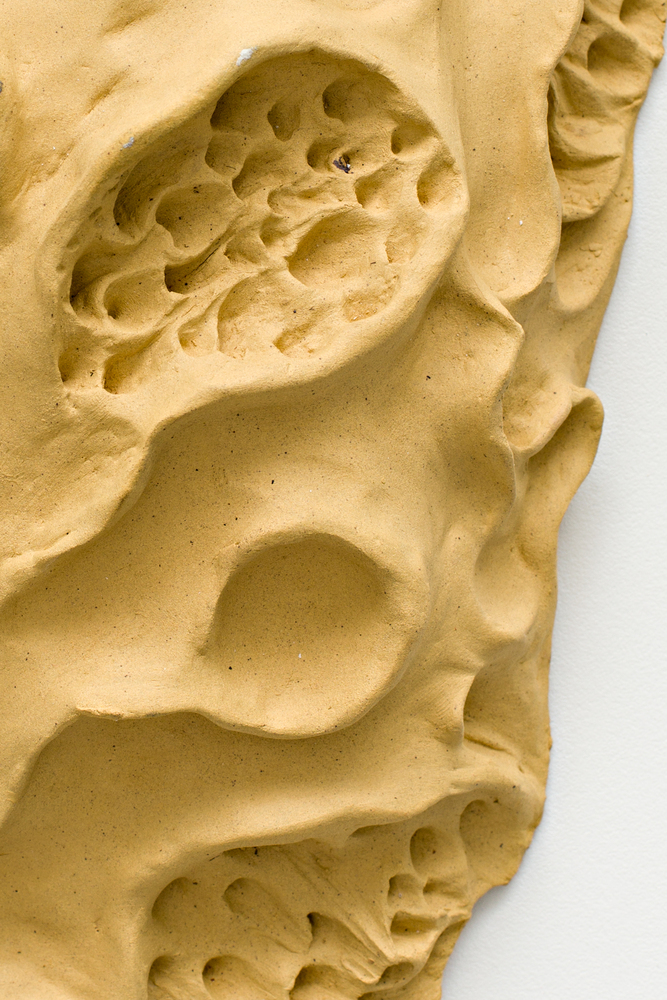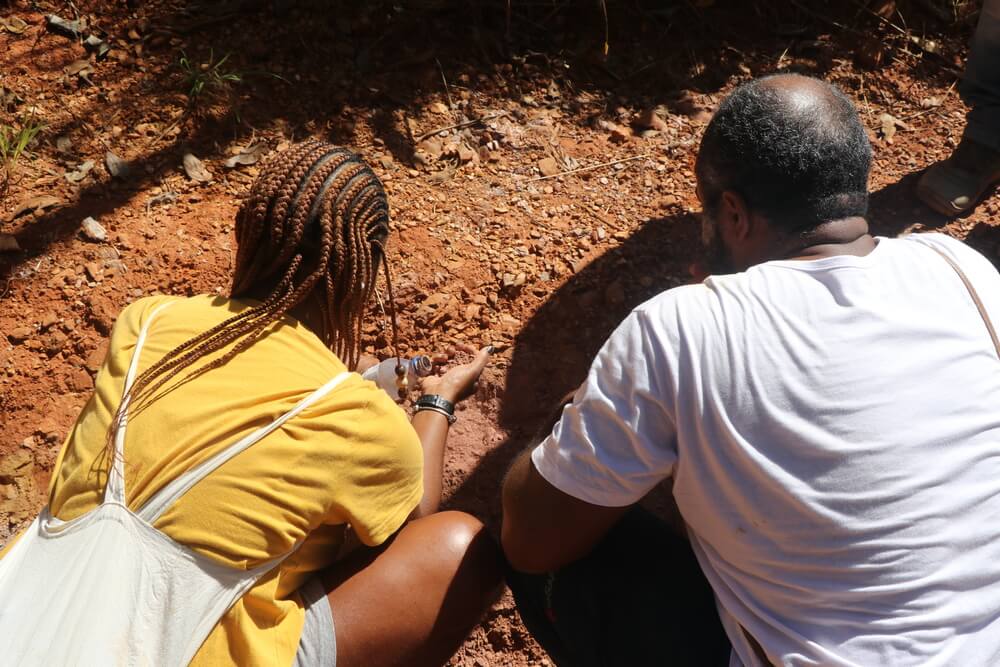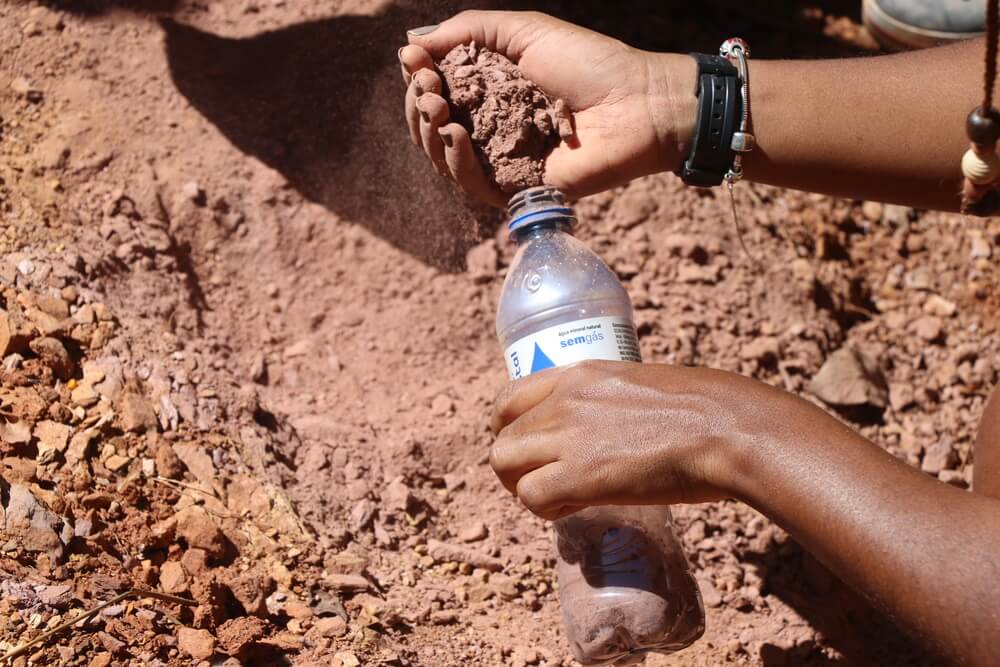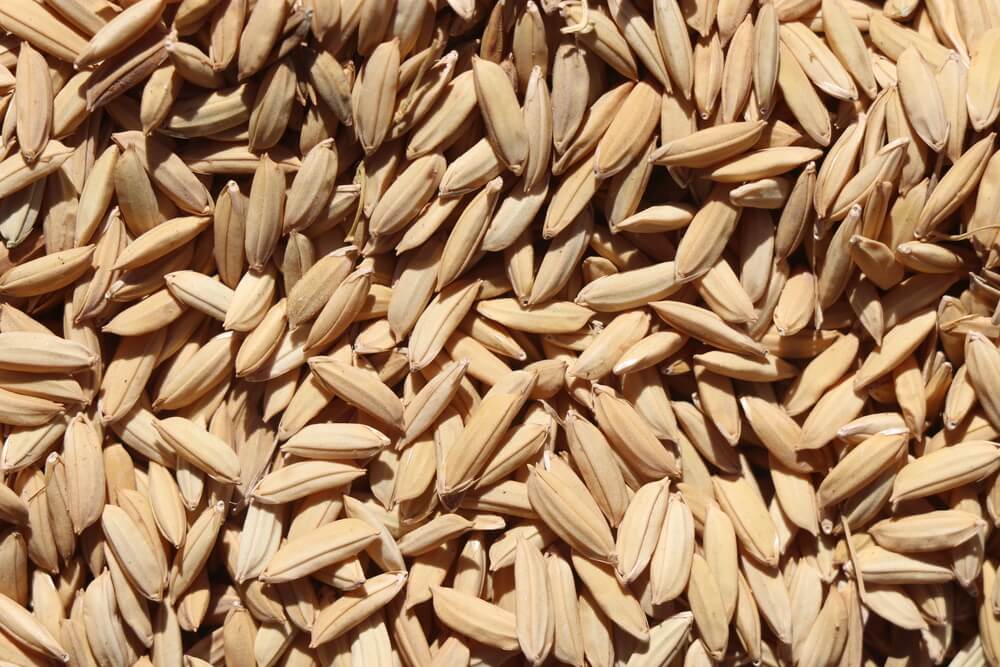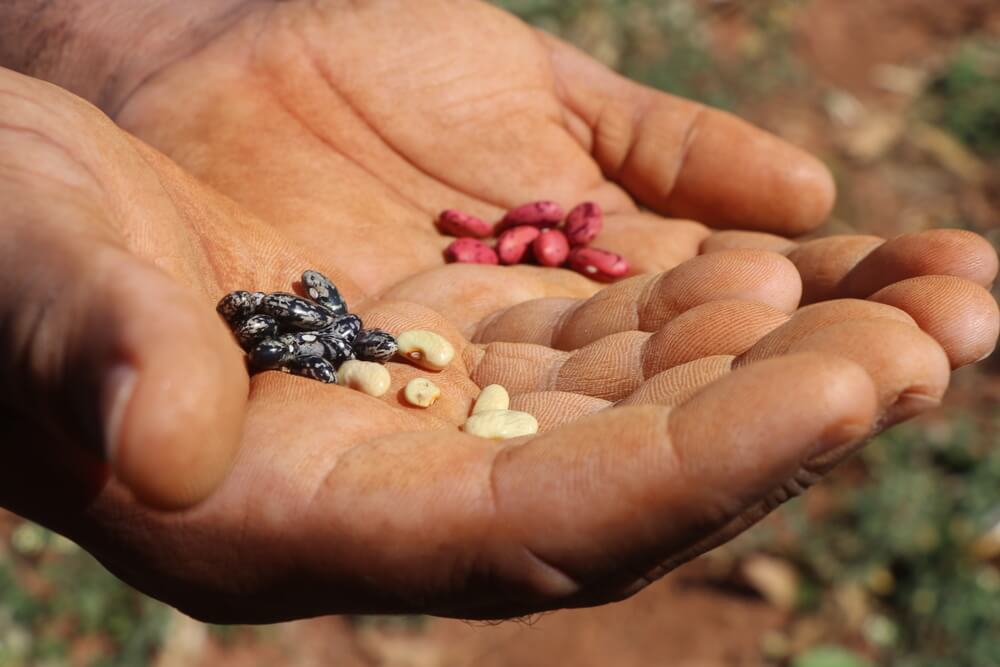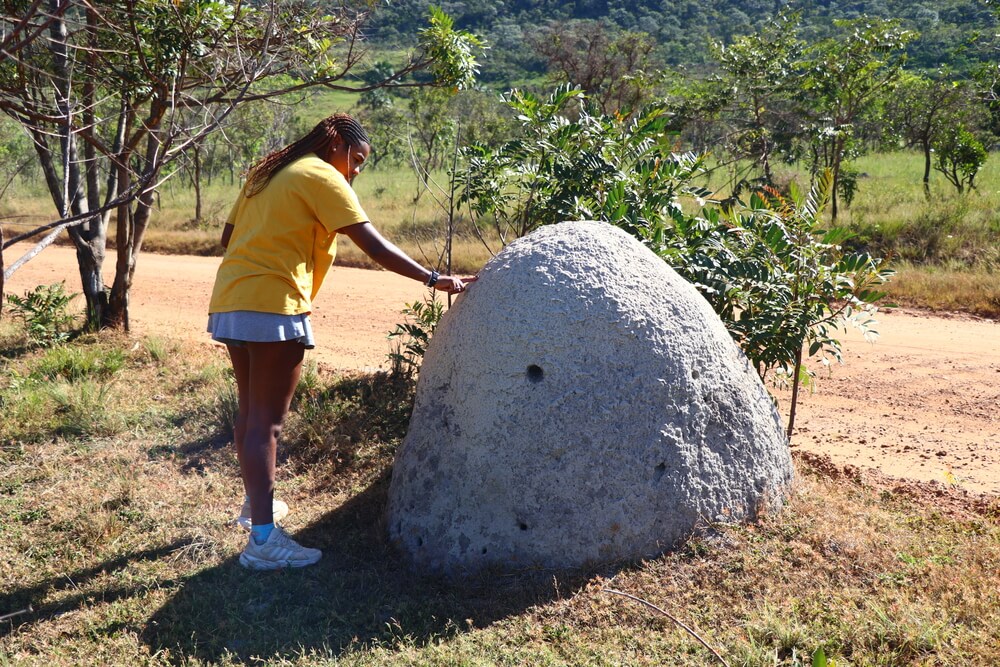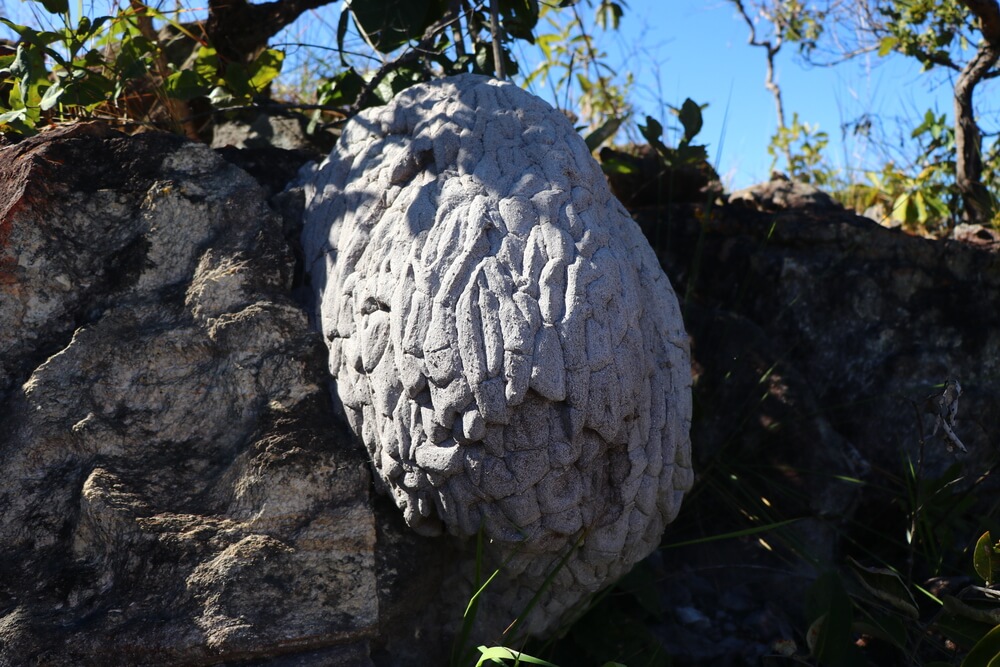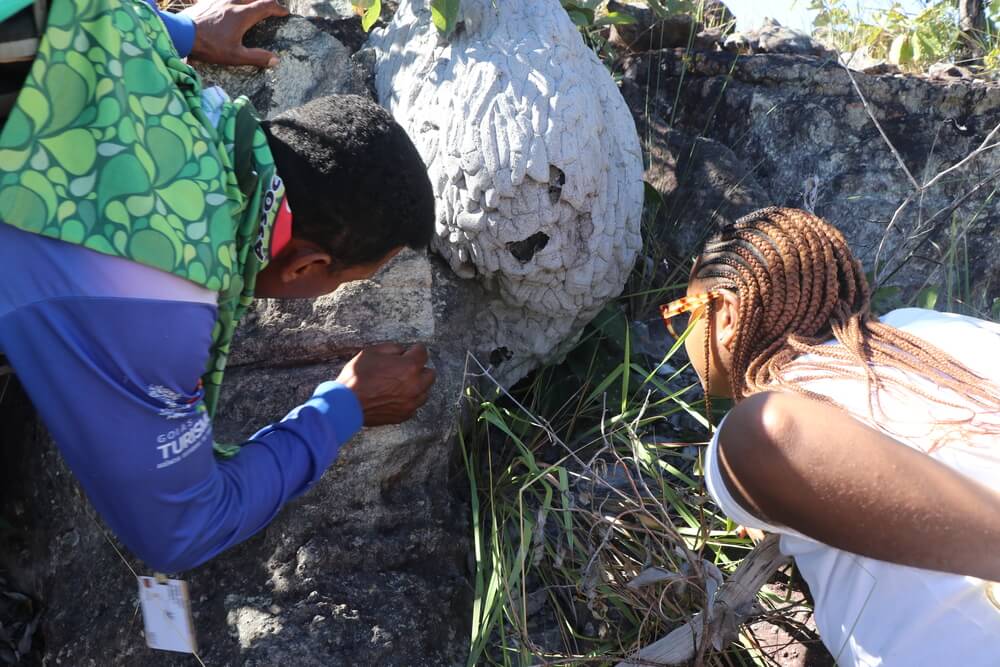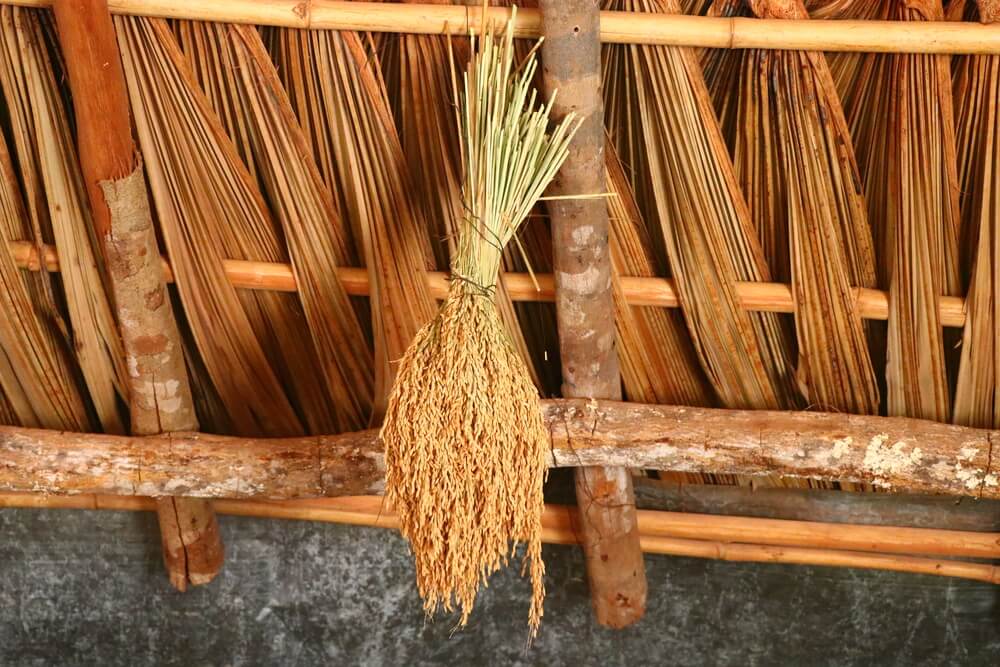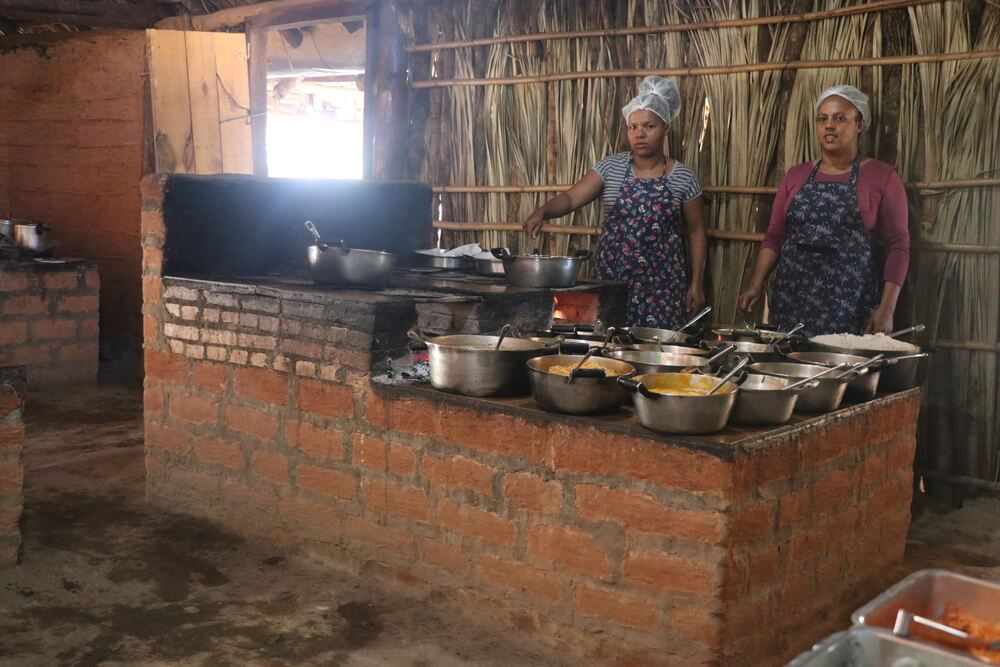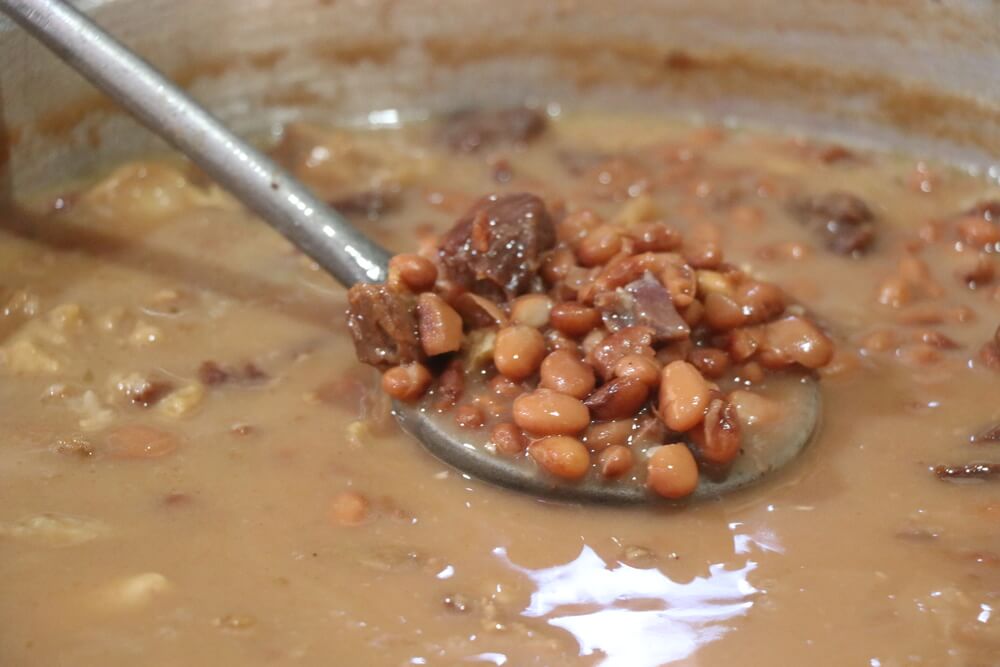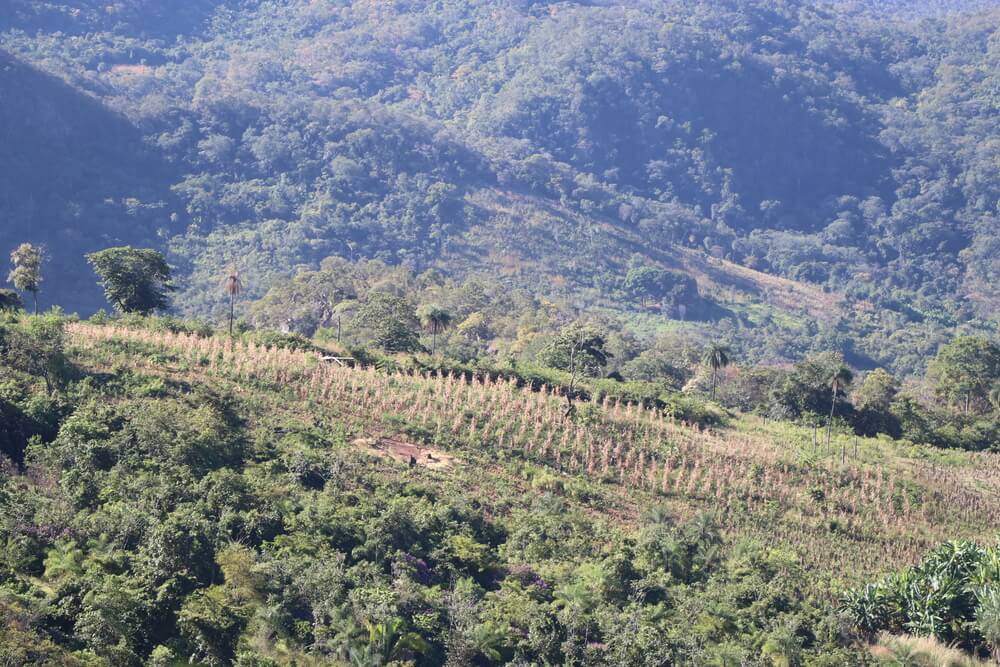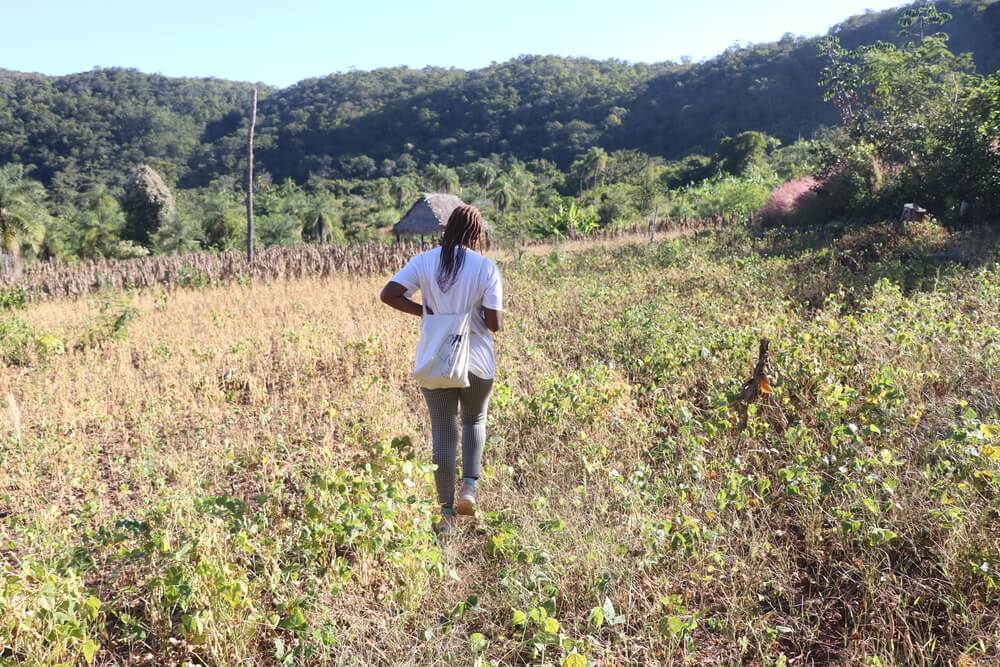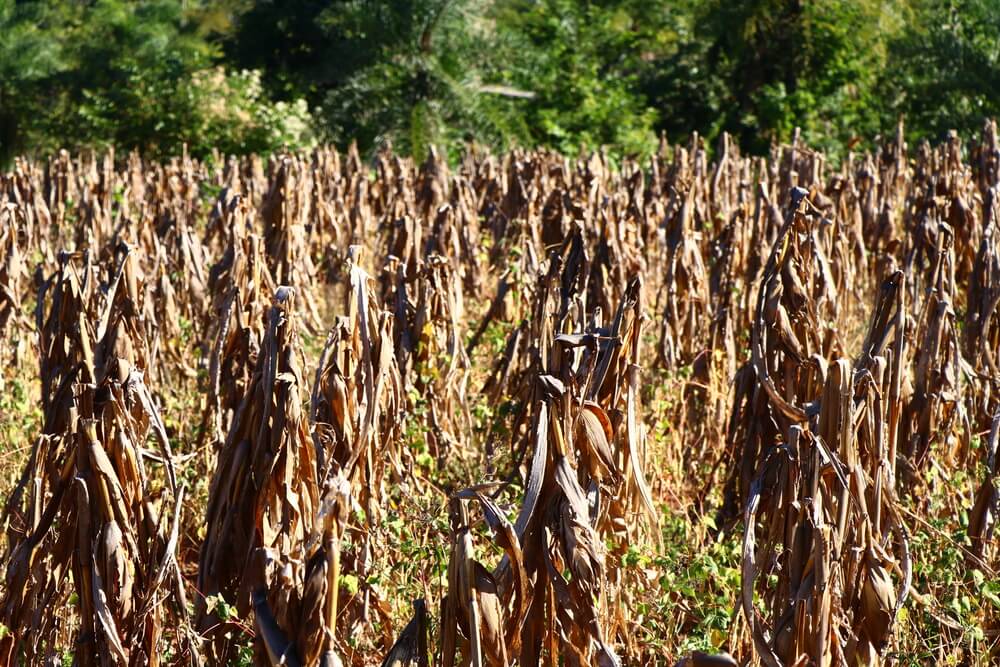Land as Memory, Dwelling and Nourishment: The Sertão Negro
Carla Santana
(text and artworks)
(photography Sertão Negro: Jhony Aguiar)
In May 2023, I inaugurated the Sertão Negro national artist residency program. Founded by Dalton Paula and Ceiça Ferreira, Sertão Negro is located in Goiânia, Goiás. More than an artist residency, Sertão Negro is a multidisciplinary art school where the passion for art is nurtured. You enter with a mind the size of a sapling and leave with thoughts the size of a jatobá tree.
I write about this experience with a longing to return. I still cherish many of the teachings and practices I learned in my daily life at that school. Reflecting on other ways of living, countering predatory logic, and fostering a sense of belonging and community.
As I recall my time in the country’s Central-West region, I see how important dislocation is to my practice. Grasping that we inhabit a continental country also implies an exercise in contextualizing ourselves within our own territories, as each corner constructs and stores a very specific identity. Territories within territories. To grapple with the concept of territory, I start with addressing its very matter; this is the master key. Literally grounding my thinking, I realize that the development of my practice has been built through the desire to seek a physical and symbolic alliance with the earth. The ground, which in and of itself evokes infinite metaphors and metamorphoses, reveals itself to me as a verb that I seek to conjugate. The word conjugate is very fitting. The idea of inflecting upon times (past, present, future), modes, and people is close to the methods with which I have been working.
The starting point for the residency research was observing the variety of animal homes made from the earth. Termite mounds, bee and wasp nests, anthills, and armadillo burrows. My interest was to develop a visual repertoire guided by landscapes of flat horizons and dry weather, where matter at its core becomes a dwelling.
The residency experience began with a trip to the largest quilombola1 territory in the country, the Kalunga do Engenho II Quilombola Community, located in Chapada dos Veadeiros. An important fact to note is that the Kalunga community remained isolated from colonial times in the 18th century until the mid-1950s, establishing an autonomous society connected to its territory, values, and knowledge. After all this time, it is incredible to still see and feel the enchantment left by quilombola ancestors and perpetuated by each person who lives there. As mentioned previously, observing the animal homes in the Cerrado brought to my research a reflection on the transformation of matter, and how, by observing nature, humans develop subsistence technologies. In the quilombo, I was able to see the land as memory, dwelling, and nourishment. From the bamboo houses to the fields of rice, beans, and many other foods. Indeed, what we call ecology is confirmed as a practice of communion and preservation of an alliance with nature. Through these connections with people, places, foods, and knowledge, I began collecting small amounts of earth for the first time, as raw material for the work I would later develop. This relationship with collecting materials deepened a bond of study and experimentation and opened doors to many crossroads.
Returning from the quilombo to Sertão Negro with bags of different soil qualities, I first learned to feel them. Their distinct characteristics showed me the best way to manage them. Clays, sands, ores, and clods were processed manually to create new pigments. The residency encouraged me to solidify a bridge between practice and theory.
Dalton Paulo’s mentoring methods are based on affective listening, the emancipation of experimental scientific investigation, collective belonging, and bibliographical references. The precious library of the Sertão Negro provided the foundation for several themes that today conceptualize and guide my practice, such as references in geology, paleontology, archaeology, among others… all of this combined with a program consisting of group classes in ceramics, printmaking, and capoeira. As I choose my words here to describe the experience in the Sertão Negro, I realize they don’t capture the precursory and catalytic impact of this project. The construction of the Sertão Negro is the construction of a dream. This is evident in the ethical and ecological choices made in the space from the rainwater reservoir to the earthen walls, from the evapotranspiration basin to the collective meals and the medicinal trees and plants… In truth, this brief essay is both a chronicle and an invitation to not only to explore the Sertão Negro but also to reflect on artistic practice in a broader and more responsible manner. Understanding that an artist’s formative processes transcend the boundaries of formal knowledge and that it is through multidisciplinarity and interaction with the world that research is strengthened. I am immensely grateful for this experience, which shaped my worldview and powerfully fueled my work.
***
Carla Santana‘s work traverses her own body as a social body, bringing into view the historical, material, and cultural layers that constitute it. By understanding the earth in its different material and sensitive layers, the artist organizes compositions permeated by the notions of home, shelter, and communal space. Among her recent solo exhibitions are: “morada, alimento e autoteoria” (housing, food, and self-theory) (Quadra, São Paulo, 2023) and “Poros e acúmulos” (Pores and accumulations) (Carpintaria, Rio de Janeiro, 2022). Among her group exhibitions, exhibitions at institutions such as MAC Niterói (2025), Inclusartiz (2024), Auroras (SP 2022), and Tanya Bonakdar (New York, 2021). A graduate of the Federal Fluminense University (UFF), she first entered the artistic world through theater. She is a multilingual artist and also a co-founder and organizer of the national Trovoa movement.
1 T.N. Quilombola(s) refers to territories and individuals from quilombo (maroon) communities, founded by escaped and former slaves. Vested in the community, respectful land cultivation, ancestry, and Afrobrazilian and indigenous sociocultural traditions, quilombos continue to symbolize a counter resistance to capitalist colonialism.


